abC Team
总负责人 / 艺术总监:周玥
展会统筹:刘小门
项目管理:杨丹 / 许珂 / 陈家心
商务/媒体拓展:杨子艺
项目执行:郑云沧
公教活动:陈家心 / 胡沁迪
夢廠出版负责人:胡沁迪
网站设计:北 鸥
The 7th abC Art Book Fair · Beijing
2022.7.28-7.31
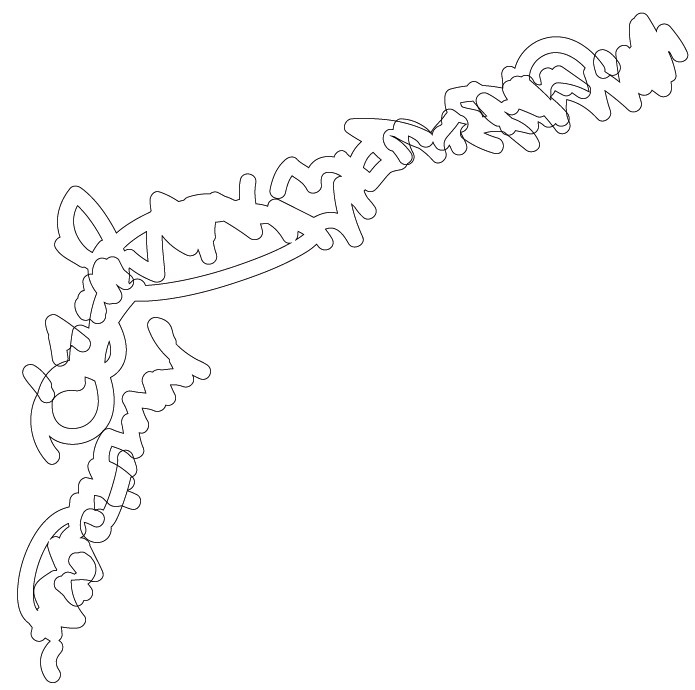

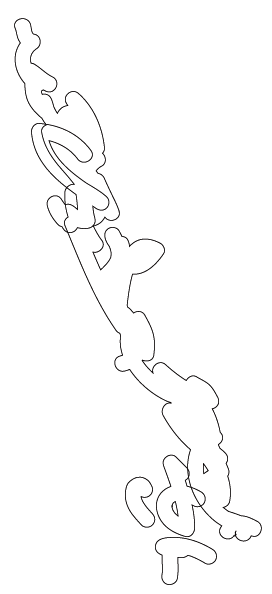


We are happy to announce that the 7th abC Art Book Fair · Beijing will be held at Beijing Quanyechang Cultural Arts Center from July 28th to July 31st, 2022. There will be 148 local publisher booths and 40 international publishers on a commissioned basis, bringing thousands of art publications this summer.
In 2022, abC Art Book Fair, with the theme of 「 Nomadic and Imagined 」, invites you to explore and imagine a free-roam adventure. The themed exhibition will occupy the first floor and an exhibition hall on the second floor with 3 Curated Selections, 7 Solo Projects/Works, 3 Special Projects, and 1 Sound Project.
The revelation of nomadism today prompts us to be alert to changes in ecology and climate; It represents the possibility of free and loose organization, flexible and effective action, decentralization, and breaking boundaries. Through "nomadism," we can find the "ligne de fuite" (Deleuze), find ways to coexist with differences in changing practices, understand the unknown chaos of the world, and let our free imagination reach far and wide.
Curators: Li Yuhang, Chyanga
Co-presenter:Rhizomic Space

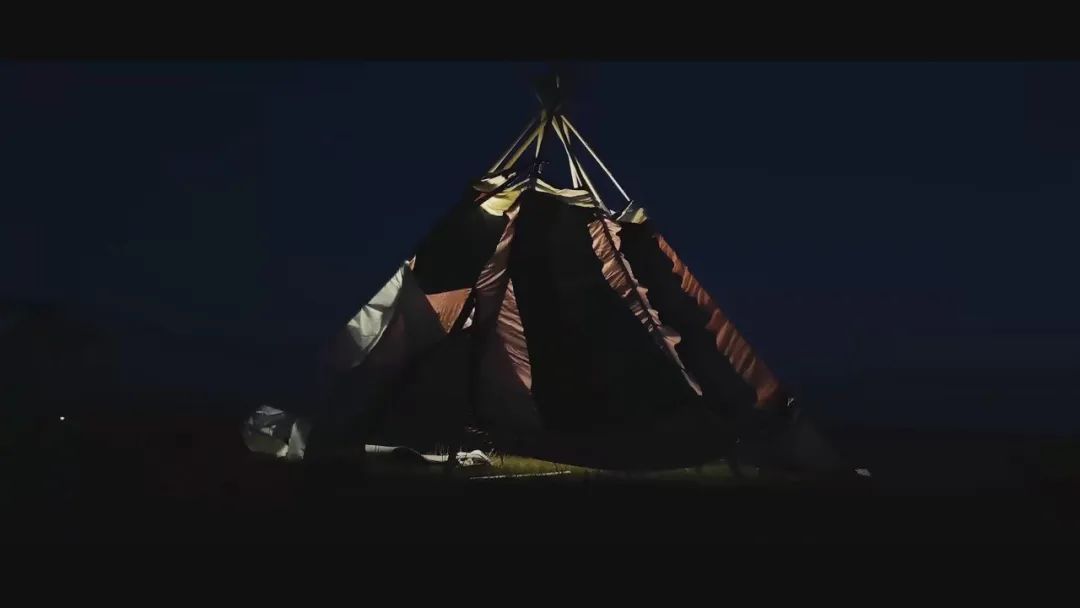

Gu Tao
Gu Tao
Zheng Bo,2015
on-site
Zheng Bo,2015
Poster Design:Xu Ke

The 7th abC Art Book Fair · Hangzhou
2022.9.9-9.12
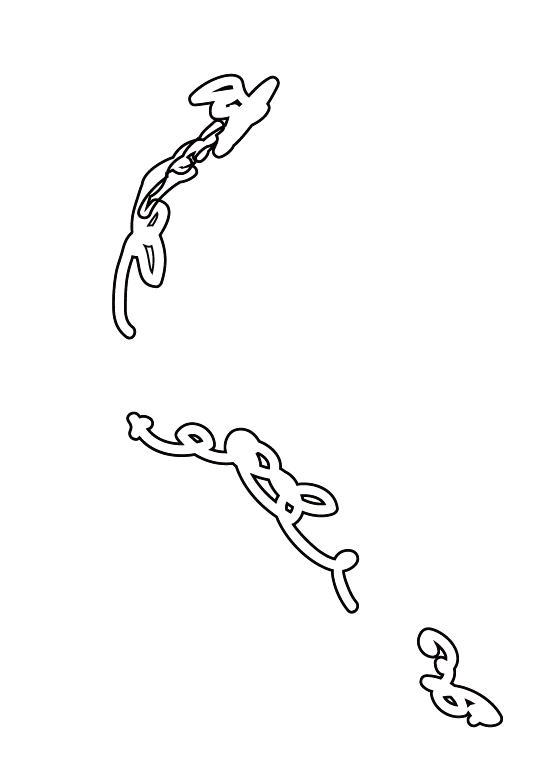
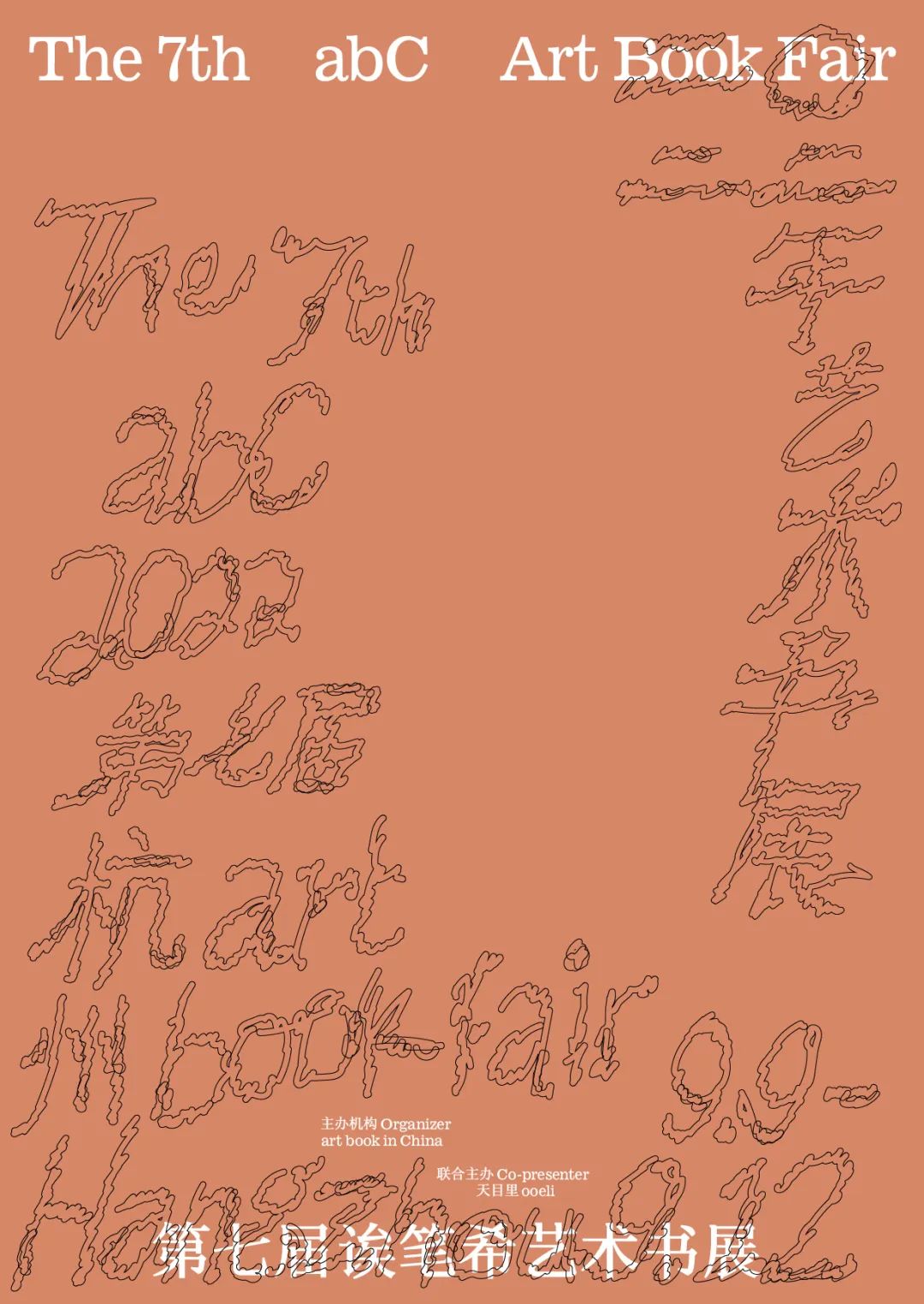
Special Projects
Newly-added
E14 Eastwards, Five meters away
Artist: 某MouHoo (Zhewei Hu)
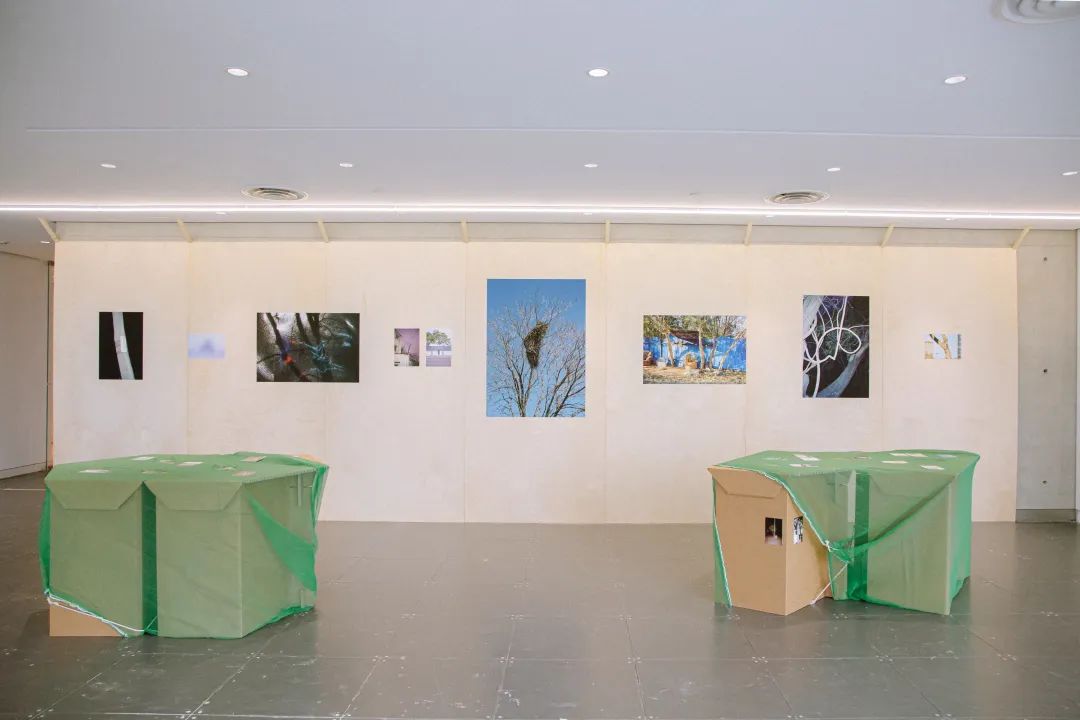


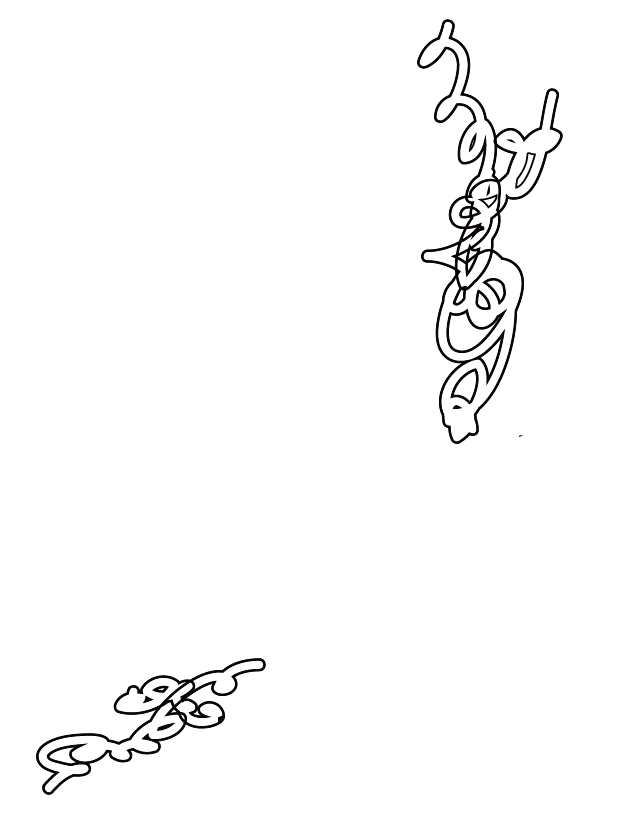
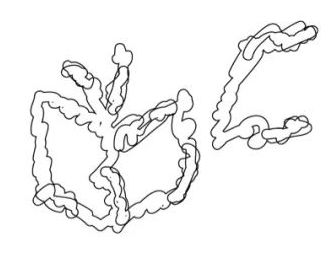
The 7th abC Art Book Fair · Beijing
2022.7.28-7.31

We are happy to announce that the 7th abC Art Book Fair · Beijing will be held at Beijing Quanyechang Cultural Arts Center from July 28th to July 31st, 2022. There will be 148 local publisher booths and 40 international publishers on a commissioned basis, bringing thousands of art publications this summer.
In 2022, abC Art Book Fair, with the theme of 「 Nomadic and Imagined 」, invites you to explore and imagine a free-roam adventure. The themed exhibition will occupy the first floor and an exhibition hall on the second floor with 3 Curated Selections, 7 Solo Projects/Works, 3 Special Projects, and 1 Sound Project.
The revelation of nomadism today prompts us to be alert to changes in ecology and climate; It represents the possibility of free and loose organization, flexible and effective action, decentralization, and breaking boundaries. Through "nomadism," we can find the "ligne de fuite" (Deleuze), find ways to coexist with differences in changing practices, understand the unknown chaos of the world, and let our free imagination reach far and wide.
Curators: Li Yuhang, Chyanga
Co-presenter:Rhizomic Space

Gu Tao

E12 Back to Nature
Artists: Zheng Bo、Claudeverett、Henk Wildschut
Curator: BE WATER JOURNAL
Zheng Bo,2015
E15 Secret Balcony
KMRU (Kenya/Germany) , Aki Onda & Akio Suzuki (Japen/USA) , Tom White (UK) , Mariam Morshed (USA/UK) , Rie Nakajima (UK/Japen) , Lau Nau (Finland) , David Blamey (UK/France) , Hannah Dargavel-Leafe (UK)
Poster Design:Xu Ke
Artist: José Quintanar